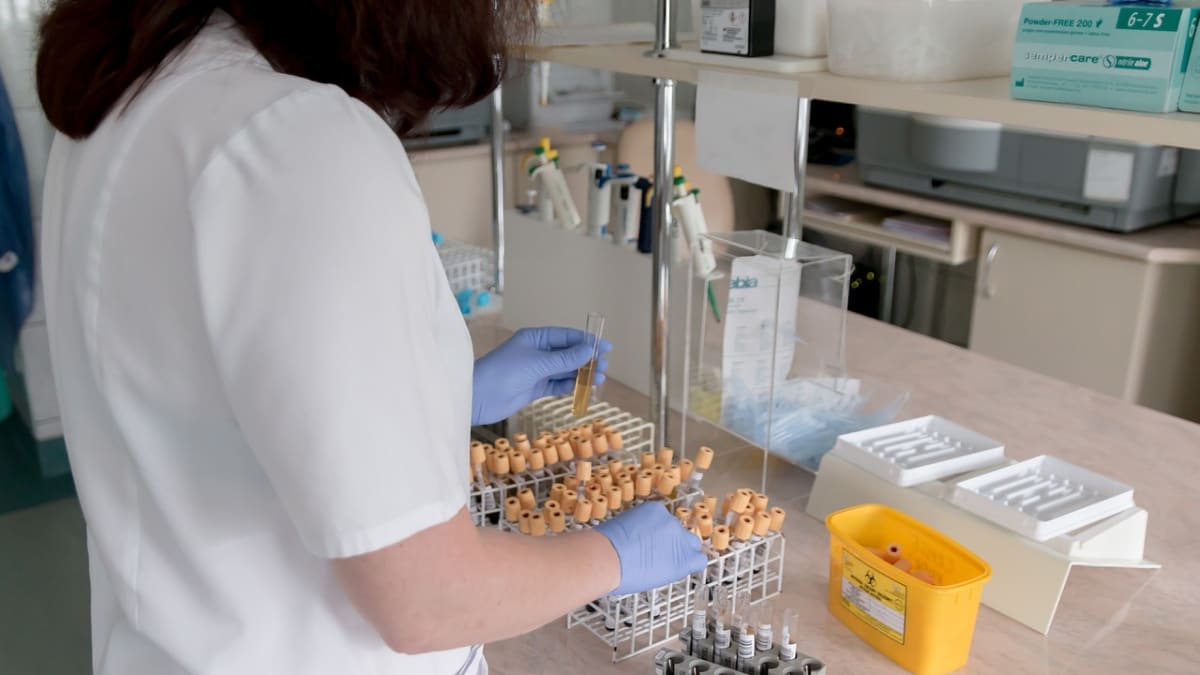
Physicists at CERN have made a significant step forward in the challenge of transporting antimatter. In a breakthrough experiment, the team demonstrated the ability to move unstable particles using a specially designed trap. This marks the first successful test of transporting particles across CERN’s facilities, which could lay the foundation for shipping antimatter to other research laboratories in the future.
BASE-STEP Trap Used for First Test
The experiment, conducted in late October, involved the movement of 70 protons – subatomic particles that share similar challenges to antimatter in terms of handling and storage. The study from CERN revealed that using the BASE-STEP trap, the particles were placed in a vacuum chamber and transported on a truck across CERN’s premises without being disrupted. The report further mentioned that the success of the test was seen as a promising indication that a similar approach could be applied to antiprotons, the antimatter counterpart to protons, which are notoriously difficult to contain due to their tendency to annihilate upon contact with matter.
Future Plans for Antimatter Transport
Christian Smorra, a CERN physicist leading the BASE-STEP project, stated in a statement that while the test was conducted with protons, the process is expected to work with antiprotons as well, though additional precautions will be needed. These include a more robust vacuum chamber to ensure the antimatter remains stable during transport.
Antimatter is typically produced at CERN’s Antiproton Decelerator (AD) facility and stored in magnetic fields to prevent it from touching matter. The BASE experiment has already proven capable of storing antimatter for extended periods, but transporting it to different labs has posed a significant challenge. With the development of BASE-STEP, physicists now have a portable version of this technology, designed to protect the particles from the jostling they would experience during transport.
Looking Ahead to 2025
The next stage for CERN’s research team is to transport antiprotons in early 2025, with plans for further refinements to the technology. Smorra mentioned that the goal is to eventually enable antimatter transport across Europe to specialised laboratories, enhancing the precision of ongoing studies.
The success of the trial has opened up the potential for even deeper investigations into the properties of antimatter, with scientists hoping to gain a clearer understanding of its fundamental nature.



